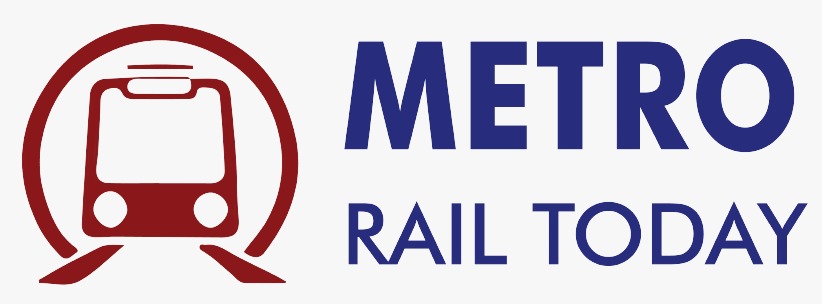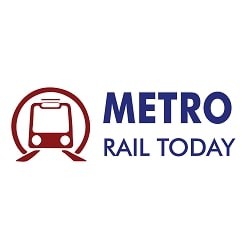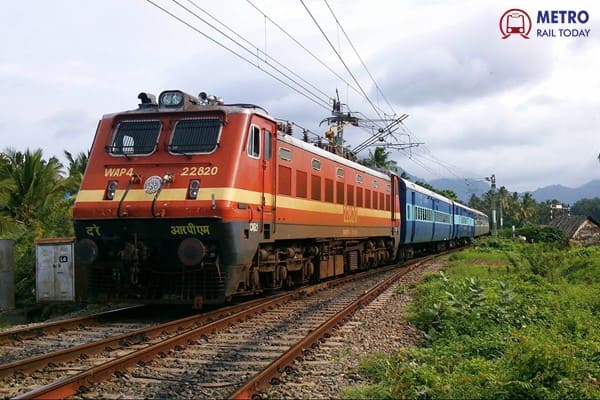 Titagarh Rail Systems Bags ₹273.24-Crore Rolling Stock Contract from Indian Railways
Titagarh Rail Systems Bags ₹273.24-Crore Rolling Stock Contract from Indian Railways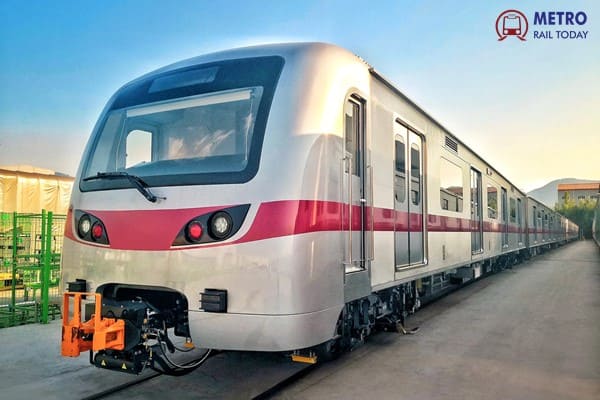 Metro Rail Transit Line (MRT-7): A New Way Forward for the North
Metro Rail Transit Line (MRT-7): A New Way Forward for the North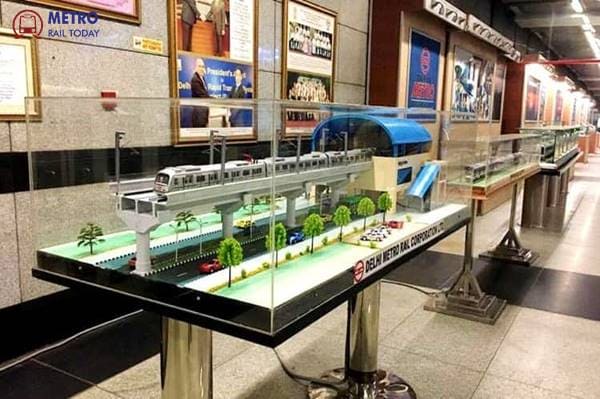 Delhi Metro inaugurates New State-of-the-Art Museum at Supreme Court Metro Station
Delhi Metro inaugurates New State-of-the-Art Museum at Supreme Court Metro Station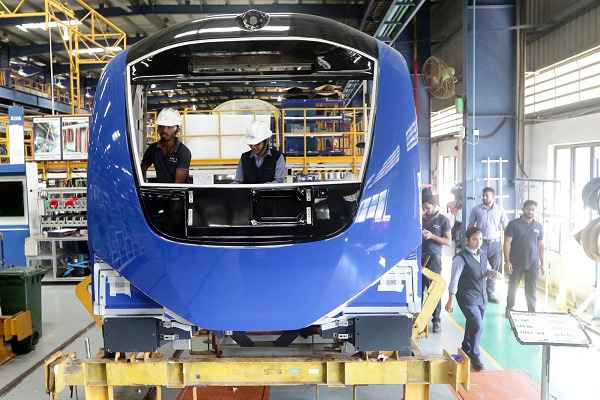 Knorr-Bremse unviels plan to invest ₹1,907 Crore in New Rail Manufacturing Facility in Chennai
Knorr-Bremse unviels plan to invest ₹1,907 Crore in New Rail Manufacturing Facility in Chennai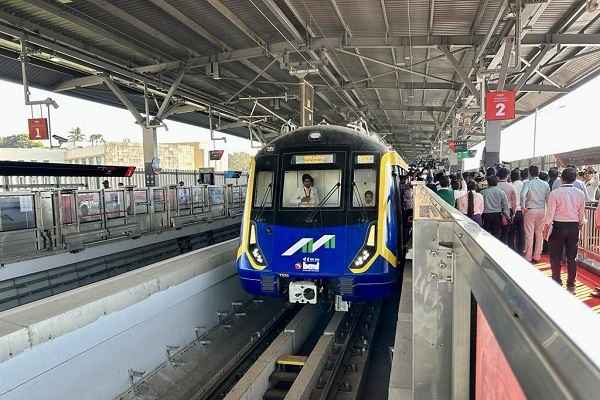 Landmark-Neev JV bags ₹151.2 crore station finishing contract for Mumbai Metro Line 2B
Landmark-Neev JV bags ₹151.2 crore station finishing contract for Mumbai Metro Line 2B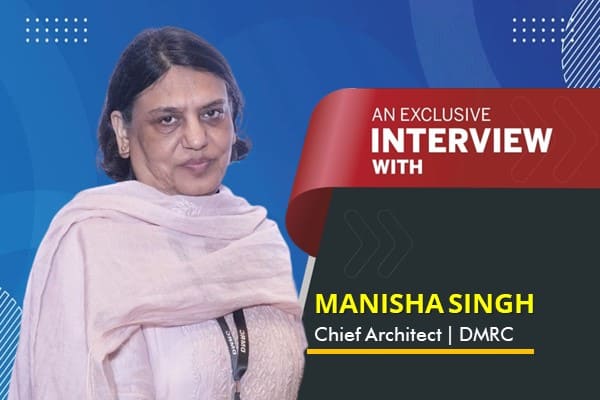 How Delhi Metro is reimagining urban architecture for a sustainable public transport?
How Delhi Metro is reimagining urban architecture for a sustainable public transport?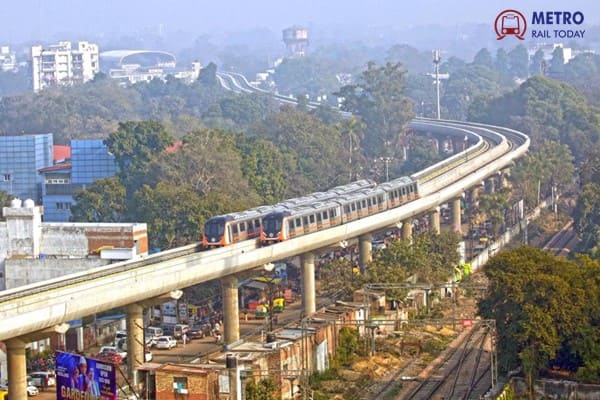 Why India needs a dedicated Ministry for Metro Railways?
Why India needs a dedicated Ministry for Metro Railways?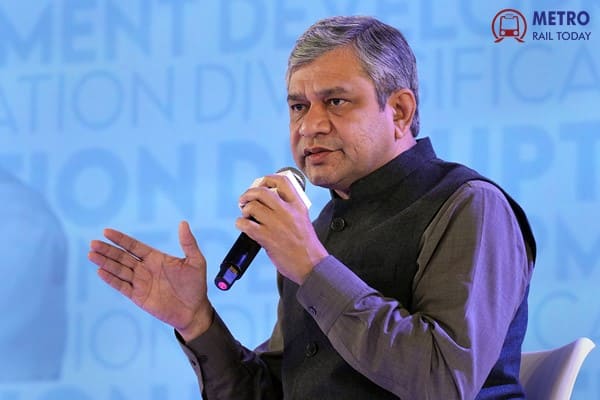 How Ashwini Vaishnaw is shaping India's Railways, Digital Future and Manufacturing Rise?
How Ashwini Vaishnaw is shaping India's Railways, Digital Future and Manufacturing Rise?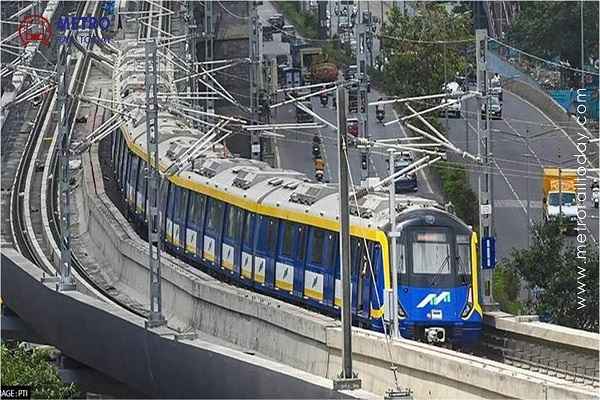 Dev–N.Rose bags ₹201.49-crore Architectural Works contract for 7 stations of Mumbai Metro Line 2B
Dev–N.Rose bags ₹201.49-crore Architectural Works contract for 7 stations of Mumbai Metro Line 2B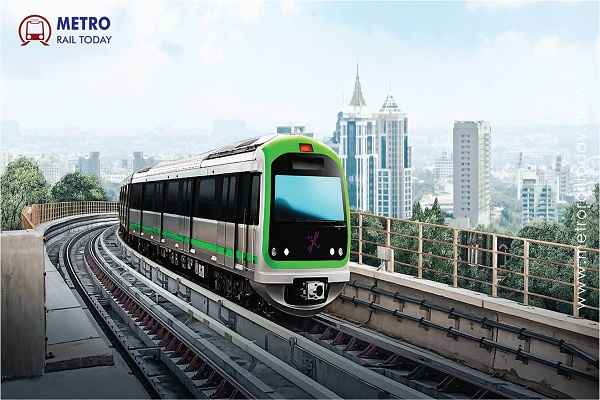 Bangalore Metro to float tenders for ₹25,311 crore Hosahalli–Kadabagere Metro Line
Bangalore Metro to float tenders for ₹25,311 crore Hosahalli–Kadabagere Metro Line
How Mumbai Built Its Deepest Aqua Line Metro Project — And Won the City’s Heart?
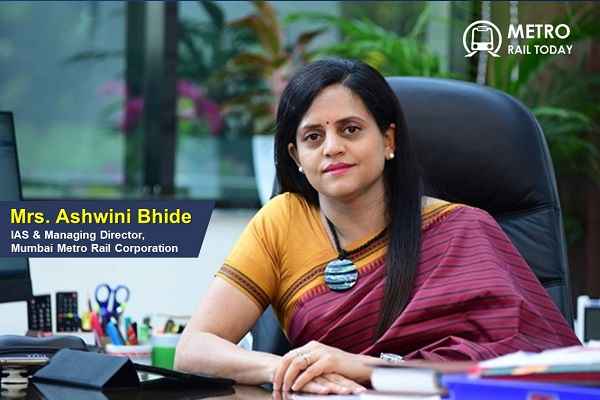
In a city that never stops moving, building India’s most ambitious underground metro line was never going to be easy. For Ashwini Bhide, Managing Director of Mumbai Metro Rail Corporation Ltd. (MMRC) and Additional Chief Secretary to the Chief Minister of Maharashtra, the commissioning of Mumbai Metro Line-3 (Colaba–Bandra–SEEPZ) — now known as the Aqua Line — marks the culmination of a decade-long journey defined by resilience, public engagement, and engineering excellence.
Speaking exclusively to Metro Rail Today, Bhide called the Aqua Line’s completion a “very satisfying journey,” recalling the early uncertainties and the immense human effort behind the project.
“There were times when we were not sure due to various challenges. Today, people are using it with smiling faces,” she said.
The Toughest Challenge: Dealing with People
For Bhide, the hardest part wasn’t tunneling through rock — it was navigating human terrain.
“The most difficult challenge was dealing with people,” she said candidly. “We had to shift people, remove them from their houses and rehabilitate them, but the most important thing was working in the backyards of the people because the project is passing through a very congested neighbourhood.”
The 33.5 km fully underground corridor — stretching from Cuffe Parade to Aarey JVLR — cuts through the heart of Mumbai, beneath dense neighborhoods and through hard basalt rock. With 26 underground stations and five lakh square feet of underground space constructed, the engineering effort was monumental.
“We have built five lakh square feet of space underground in Mumbai in hard basalt rock, so it was a construction challenge,” Bhide said, adding that most works continued for five to seven years in close proximity to residential zones.
Despite measures to minimize disruption, residents inevitably faced inconvenience. “People have suffered along with us — with dust and noise — but they also stood with us,” she acknowledged, underscoring community engagement as a defining factor in the project’s success.
Integration Will Unlock Full Ridership Potential
While the Aqua Line has already started transforming Mumbai’s commute, Bhide believes the true surge in ridership is yet to come.
“This Aqua Line is yet to get connected to other lines like Line 2, Line 7, and Line 6. When these lines are connected, people from all nooks and corners of the city will come on this line because this is the only corridor which connects South Mumbai,” she explained.
The Colaba–Bandra–SEEPZ stretch is crucial for linking Mumbai’s commercial, residential, and industrial zones. Its integration with other lines will create a seamless transit web connecting the southern business districts with suburban nodes.
The Last-Mile Challenge
Even with the trains running, Bhide says last-mile connectivity remains a work in progress.
“BEST has to realign its route, auto stands and taxi stands will have to reroute because everyone needs to fall in line and everybody waits in the wings,” she said.
Commuter comfort, she added, is being enhanced in phases as supporting agencies synchronize operations. “We have telephone connectivity within stations which is still a work in progress,” she said, noting that it may take some time for new riders to adapt to the system.
A Symbol of Urban Resilience
The Aqua Line, inaugurated on October 9, 2025, is more than just a transport project — it represents Mumbai’s spirit of perseverance. It stands as a symbol of how engineering, empathy, and endurance can coexist in urban infrastructure.
As Mumbai’s first fully underground metro, it marks a new chapter in India’s metro evolution — setting a global benchmark for complex urban tunneling under one of the world’s densest cities.
The commissioning of Mumbai Metro’s Aqua Line 3 isn’t just a milestone for the city — it’s a testament to what sustained vision and people-centric planning can achieve. For Ashwini Bhide and her team, the journey was about more than building tunnels; it was about building trust, hope, and connectivity. As the metro network expands and integrates, this line will continue to redefine how Mumbaikars move — faster, safer, and together.
